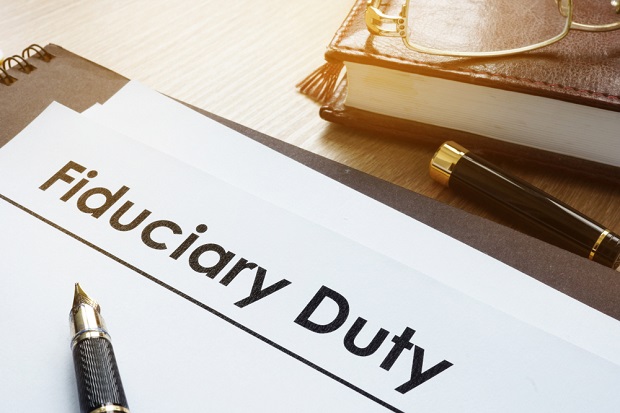 Unless the client is a trust or ERISA attorney, chances are they don't care about the linguistic nuances of the Great Fiduciary Rule debate. What the client really wants to know is “What's in it for me?” That question opens the opportunity to show, rather than tell, what a fiduciary is. (Photo: Shutterstock)
Unless the client is a trust or ERISA attorney, chances are they don't care about the linguistic nuances of the Great Fiduciary Rule debate. What the client really wants to know is “What's in it for me?” That question opens the opportunity to show, rather than tell, what a fiduciary is. (Photo: Shutterstock)
It all comes down to trust. Either they trust you or they don't. If they don't, no matter how hard you try, how diligently you persevere, your efforts to serve as a fiduciary will fall flat.
Sometimes we forget this. We spend a lot of energy finding the precise words to prove our case. In the end, though, our actions speak louder than our words. And one bad action nullifies thousands of eloquent words. More than actions, though, are the objectives of those actions. That's what I would call “the Rule of Fiduciary,” (see “7 Rules Every Professional Fiduciary Must Follow,” FiduciaryNews.com, August 7, 2018).
This isn't some legal definition agreed to by a gaggle of regulators or the culmination of case law handed down through centuries of jurists. This is simple, easy-to-understand, everyday concepts.
Fundamentally, serving as fiduciary is all about the client – sometimes to the consternation of the client, who can't understand why you are obligated to, on occasion, deny a request. Granted, this is more likely to happen in the fiduciary capacity of a trustee rather than with a fiduciary merely serving as an investment adviser, but it can occur in the latter case, too. (Ask me about this sometime).
If it's all about the client, then, unless the client is a trust or ERISA attorney, chances are the client doesn't care about (or even want to understand) the linguistic nuances of the Great Fiduciary Rule debate. In the rawest of terms, what the client really wants to know is “What's in it for me?”
“What's in it for me?” That question opens the opportunity to show, rather than tell, what a fiduciary is.
Don't get me wrong. I'm not saying to put on a show. Too frequently people mistake the animation of “going through the motions” with actual accomplishment. No. I'm not talking about that at all.
A fiduciary need not (and arguably shouldn't) rely on the theatrics of ostentatious display. For example, a fiduciary would have used these words for the previous sentence: Don't showboat.
Hmm. Upon further review (yes, I'm getting ready for the football season), a good fiduciary wouldn't have said anything at all. Those fiduciaries that work quietest may, in fact, work the best.
It's a classic sitcom scenario: After dinner, a husband and wife, married for decades, sit side-by-side on the living room sofa, each engaged in their individual activities. He harrumphs while perusing the sports pages. She sighs at the society pages. In the evening, just before they turn the lights out for bed, she says to him, “What a wonderful conversation we had this evening.” The husband nods in agreement.
She wasn't being sarcastic. It's just that, after years of marriage, they've grown well beyond simply completing each other's sentences. They know their mate so well they can communicate without words.
That's trust.
And that's what every fiduciary should strive for with their client.
© 2025 ALM Global, LLC, All Rights Reserved. Request academic re-use from www.copyright.com. All other uses, submit a request to [email protected]. For more information visit Asset & Logo Licensing.







